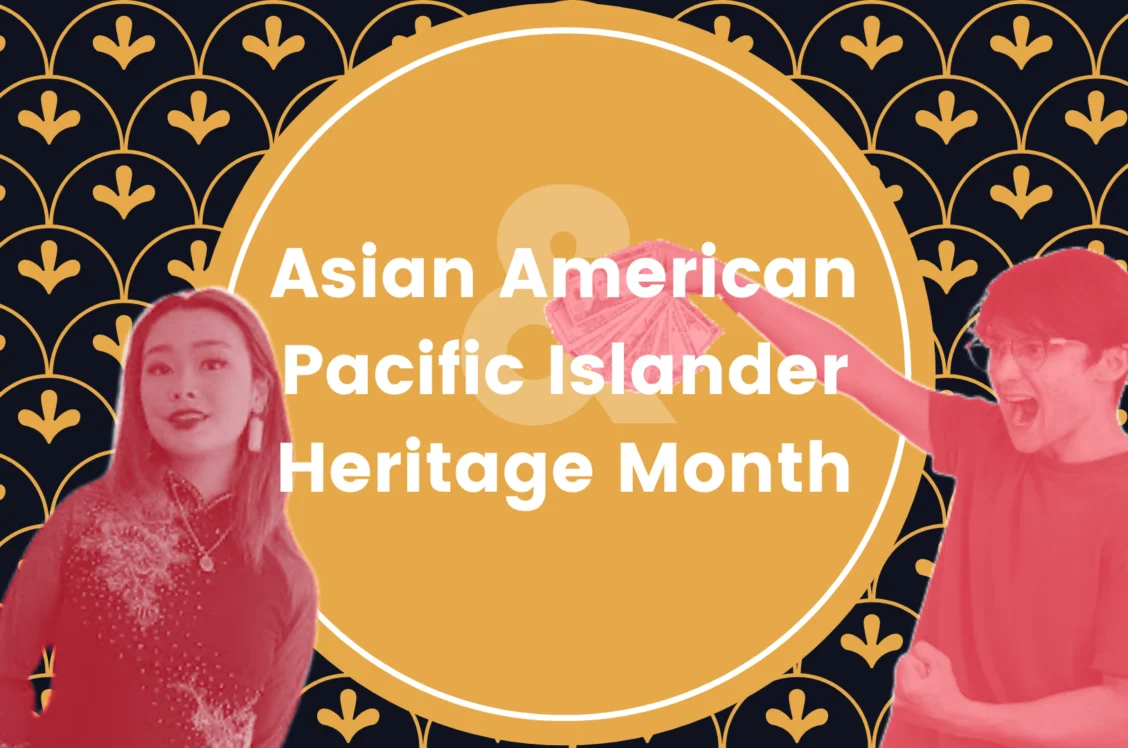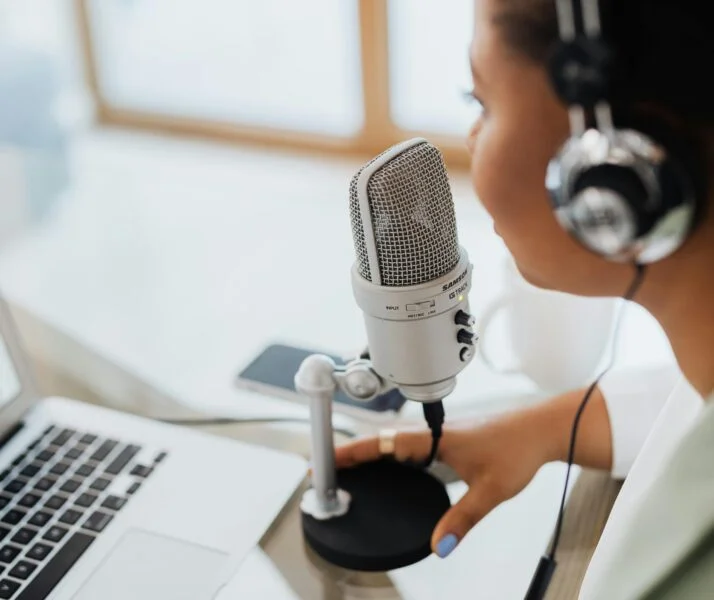
May marks the celebration of Asian American and Pacific Islander Heritage Month. It’s a time to recognize the Asian American and Pacific Islander (AAPI) impact on the culture and history of the United States. It’s also an opportunity to highlight stories from the vast mosaic of unique experiences and hurdles of more than 24 million Americans. Which brings us to AAPI representation in the media.
First, some background information. AAPI is an umbrella term that covers people with roots that trace back to about 50 ethnic groups that speak more than 100 different languages. The “Asian American” half of the term spans countries as far west as Turkey to as far east as Indonesia. “Pacific Islander” as an identifier encompasses people with origins in Polynesia, Micronesia, and Melanesia, where the islands are scattered over millions of square miles of ocean.
With those things in mind, chew on this. A study of the top-grossing films over a 13-year period found that only 5.9% featured an AAPI character with a speaking role. The same study shows that out of the 3.4% of films featuring an AAPI lead, Dwayne “The Rock” Johnson (who is half Samoan) played almost a third of them.
The effects of this stunning lack of representation are difficult to measure. But speaking on a personal note for just a moment, rarely seeing anyone like me in pop culture helped subconsciously instill some level of shame in my identity. Especially because nearly half of all AAPI roles in popular films serve as some form of punchline. Sitting alone in my room as a kid, I would practice my pronunciation of words to erase my Filipino accent. I did it out of fear of being made fun of and not wanting to be perceived as dumb because of how I spoke. The very first time I felt like I could cheer for someone like me on American TV wasn’t until I was 20 years old, when I hoped and prayed Manila Luzon would win the third season of RuPaul’s Drag Race. I often wonder how my relationship with my heritage or how I present myself to the world would have been different if I saw more examples of Filipino pride and success at a younger age.
Ad Results Media believes creator-focused platforms, like podcasts and YouTube, provide opportunities for underrepresented voices to create their own spaces in the media landscape. For the AAPI community, that means more authentic representation of an incredibly wide breadth of experiences. With every podcast episode and YouTube video, content creators help dissolve the harmful stereotypes often perpetuated by popular media. They can also signal-boost overlooked issues and help raise awareness for ways we can all be more supportive allies. Here are just a few of the many podcasts and YouTube creators that help paint a fuller picture of the AAPI community.
Southern Fried Asian
Many Asian American stories center on highly diverse places like New York City or Southern California. Keith Chow, the host of Southern Fried Asian, helps us explore the rarely heard AAPI stories of growing up in the American south. Meals are a huge part of Filipino culture, so I love that every episode ends with guests sharing the foods that remind them of home.
Modern Minorities
Each week, Sharon Lee Thony and Raman Sehgal invite guests to share their work and life experiences with a focus on how different cultural backgrounds shape how they experience the world. I find the breadth of cultures and topics they cover absolutely delightful. Their episodes uncover how people define their identity, achieve success, stand up to racism, and more.
Linh Truong – a week in my life
Linh Truong’s content covers fashion, lifestyle, productivity, and more, all through her uniquely colorful and vibrant aesthetic. Her latest video includes celebrations of Tết, the Vietnamese Lunar New Year. Even though my closet is almost totally black and gray, I’m absolutely obsessed with her aesthetic.
Michael Reeves – I Gave My Goldfish $50,000 to Trade Stocks
Michael Reeves combines comedy with his skills as a full-stack developer, which often proves to be a recipe for viral videos. I always look forward to his wild creations, like a Roomba that screams when it bumps into stuff or, most recently, the ability for his goldfish to get into stock trading.
If you enjoyed this piece, keep your ear to the ground for more as we continue to dive beyond the mic.
_
Sources:
United States Census Bureau – About the Topic of Race
Empowering Pacific Islander Communities
National Alliance on Mental Illness – Identity and Cultural Dimensions
The Prevalence and Portrayal of Asian and Pacific Islanders Across 1,300 Popular Films
I Am Not a Fetish or Model Minority: Redefining What it Means to Be API in the Entertainment Industry


